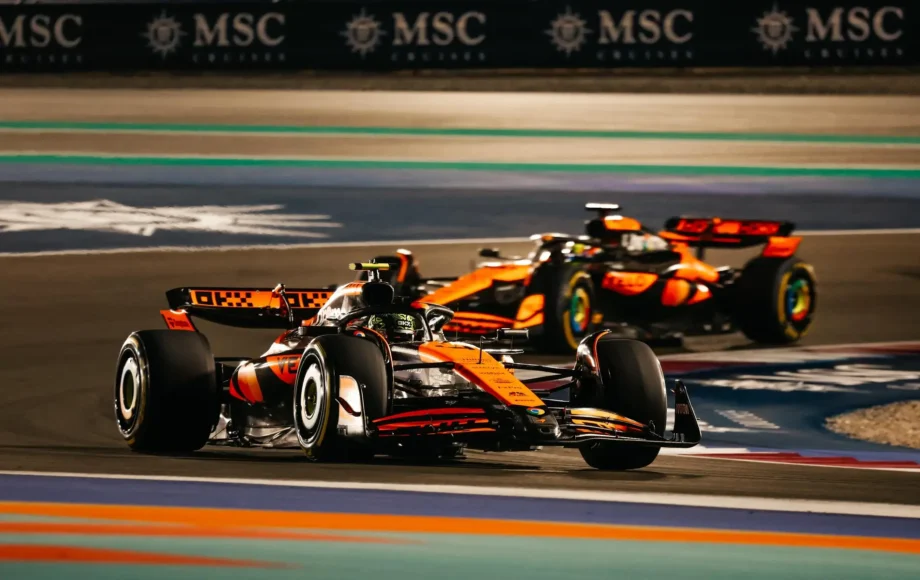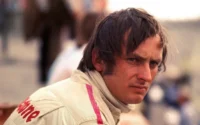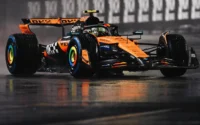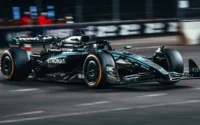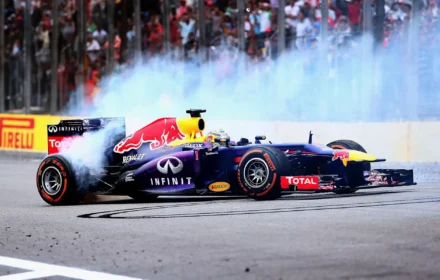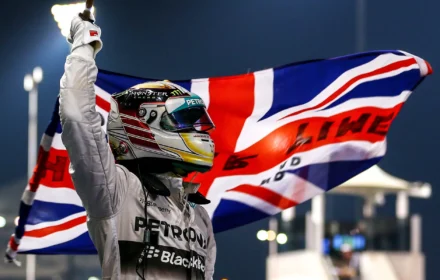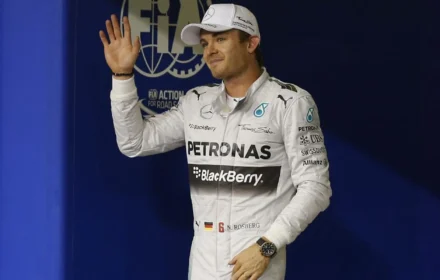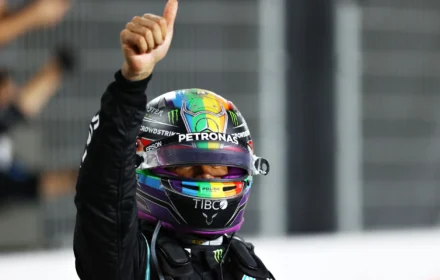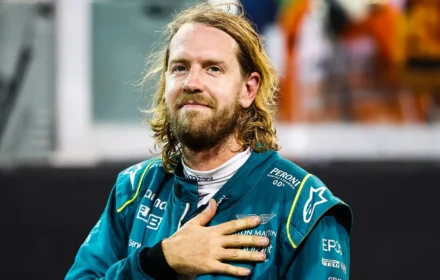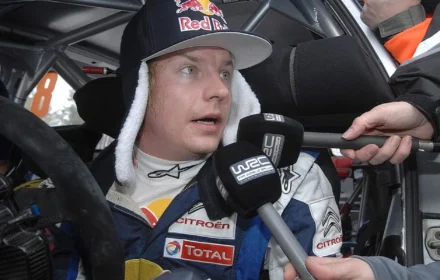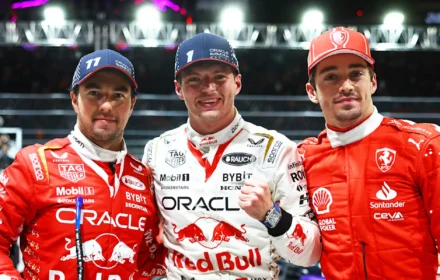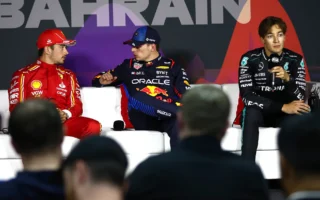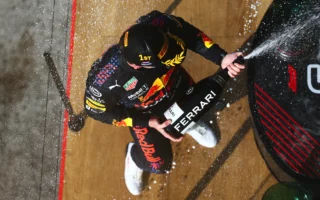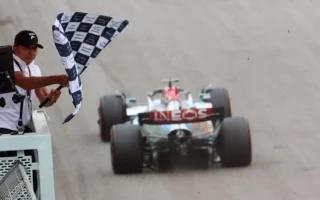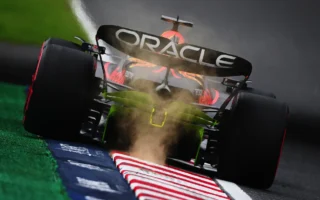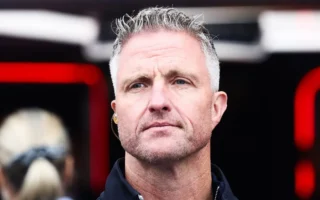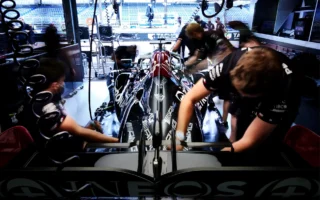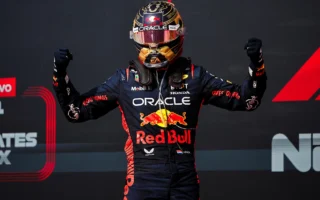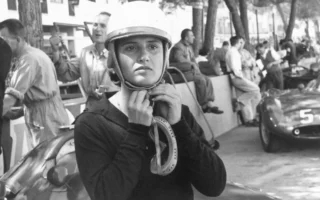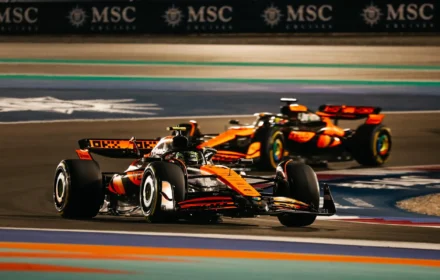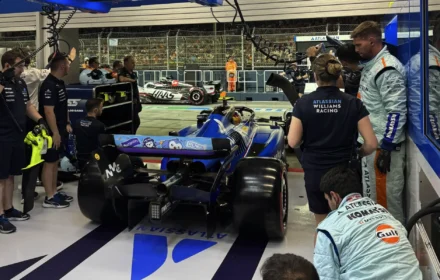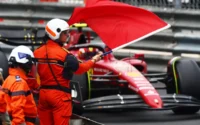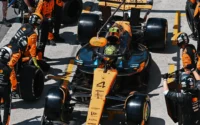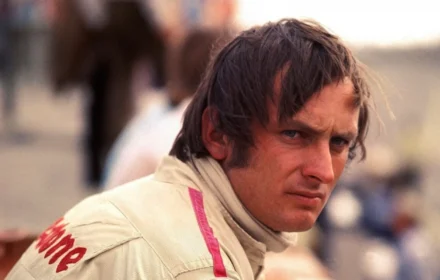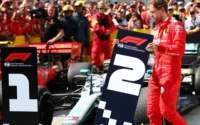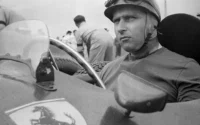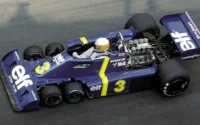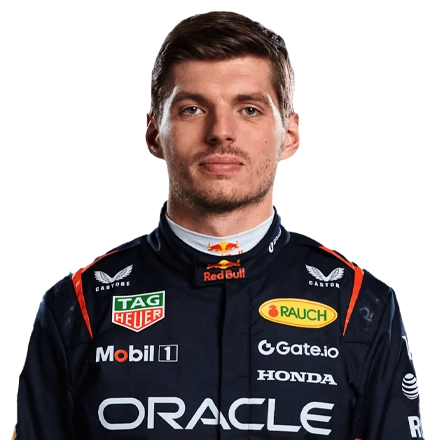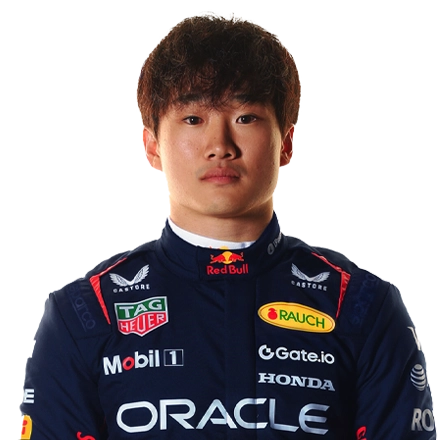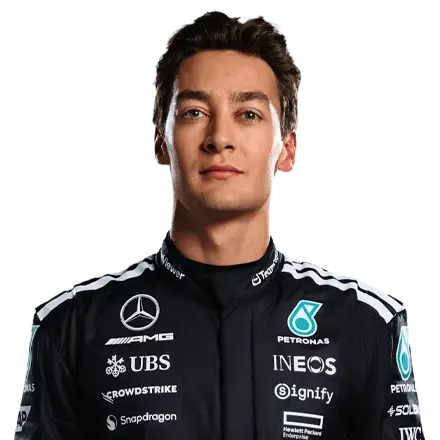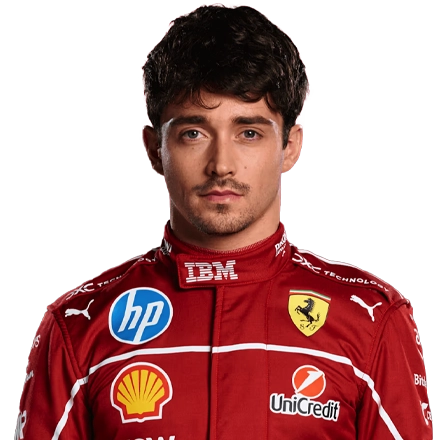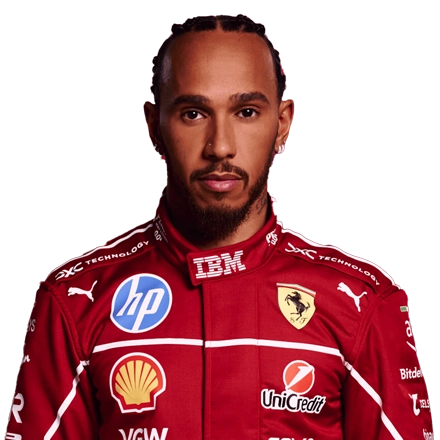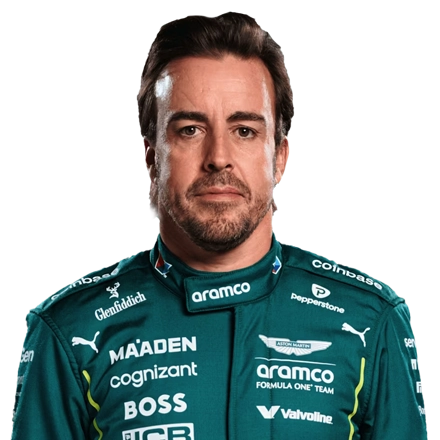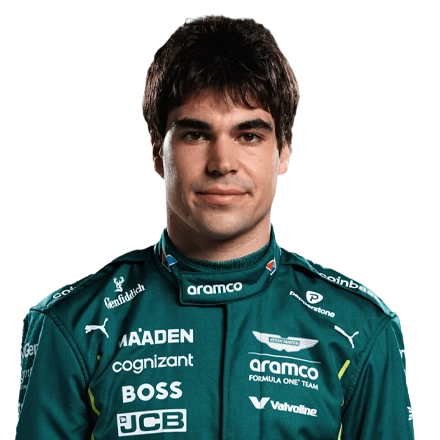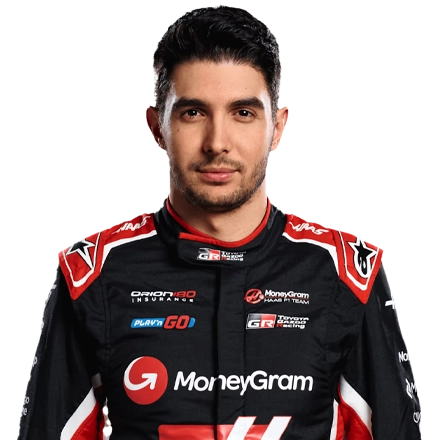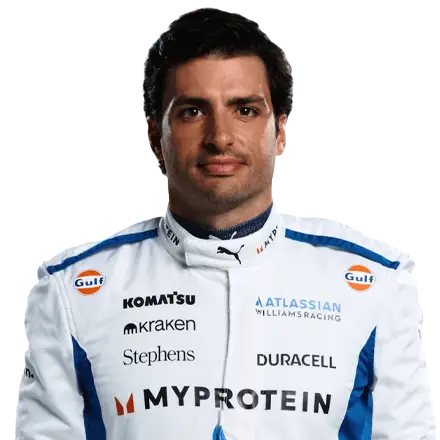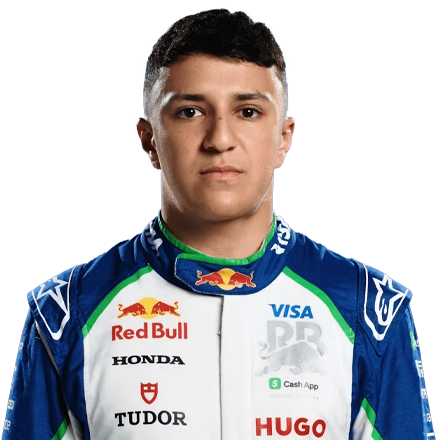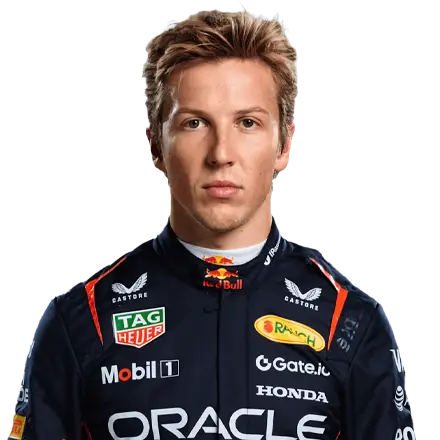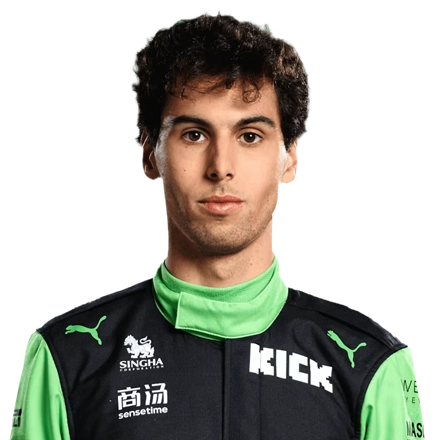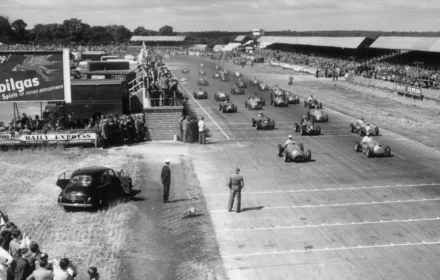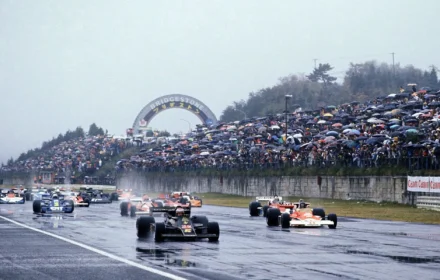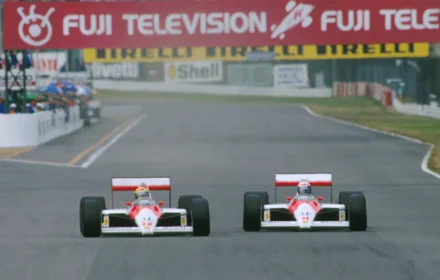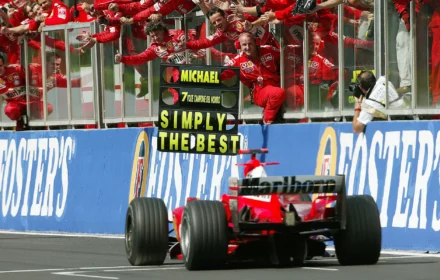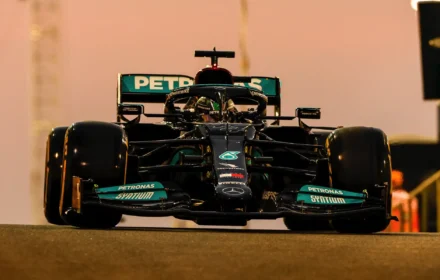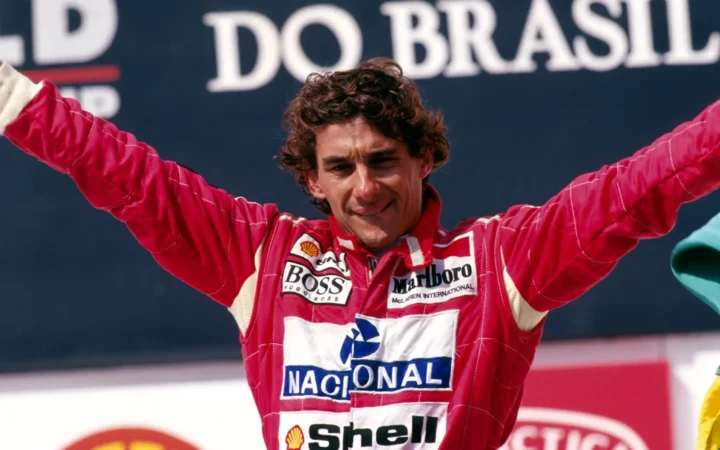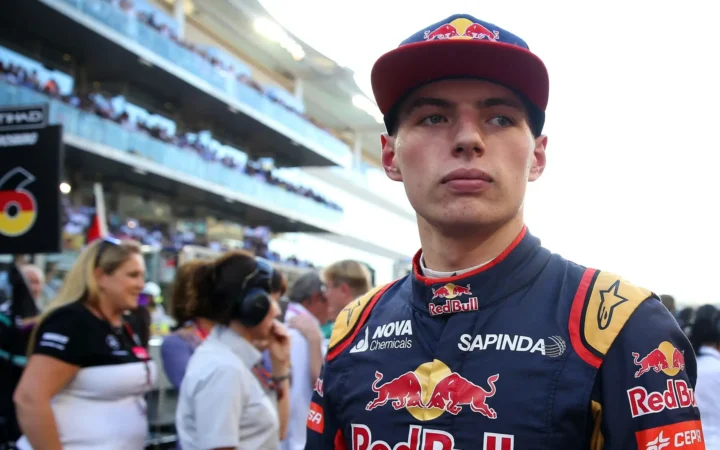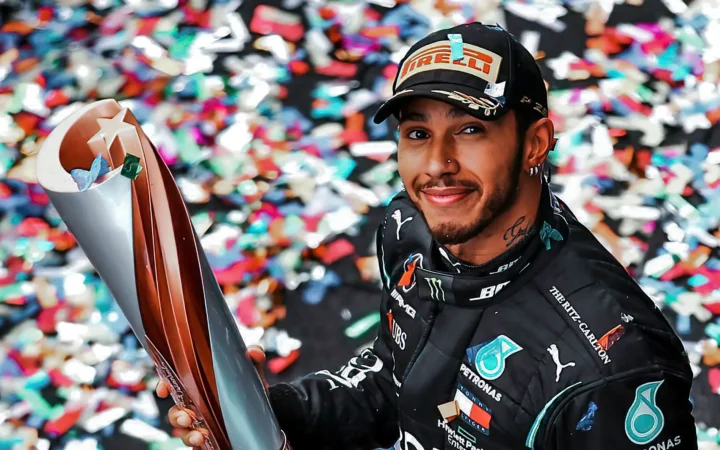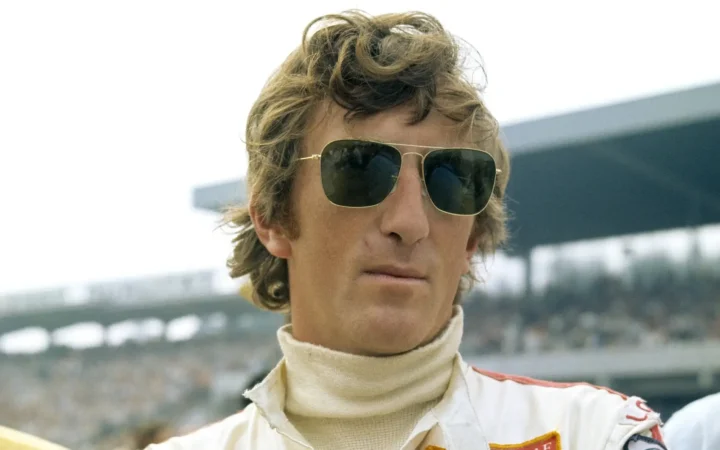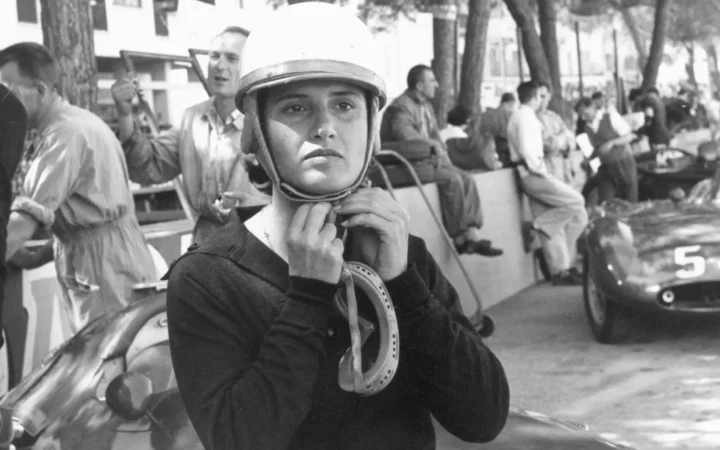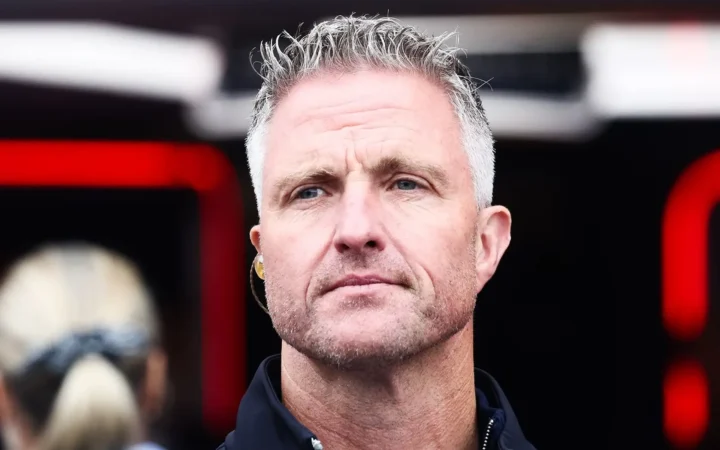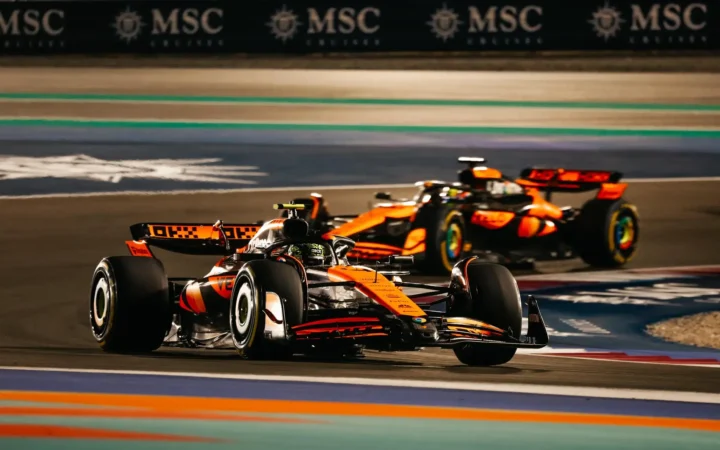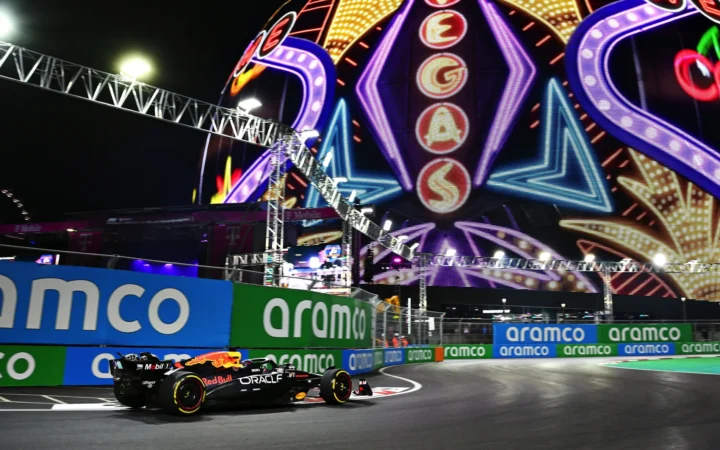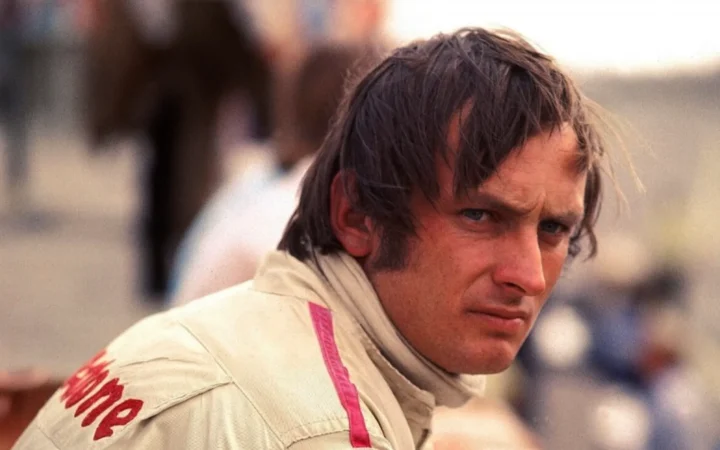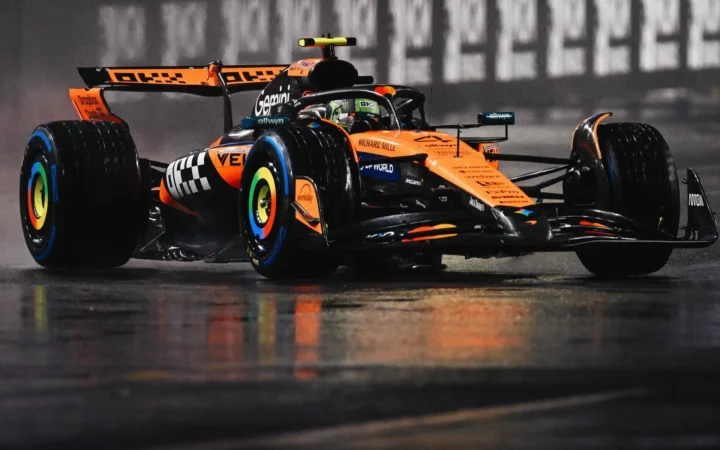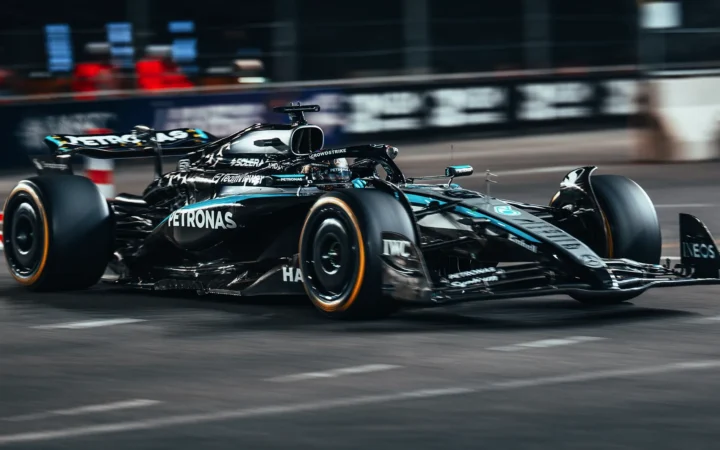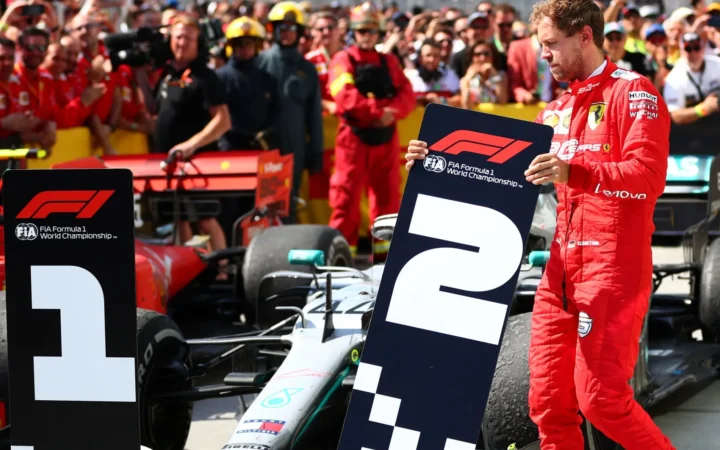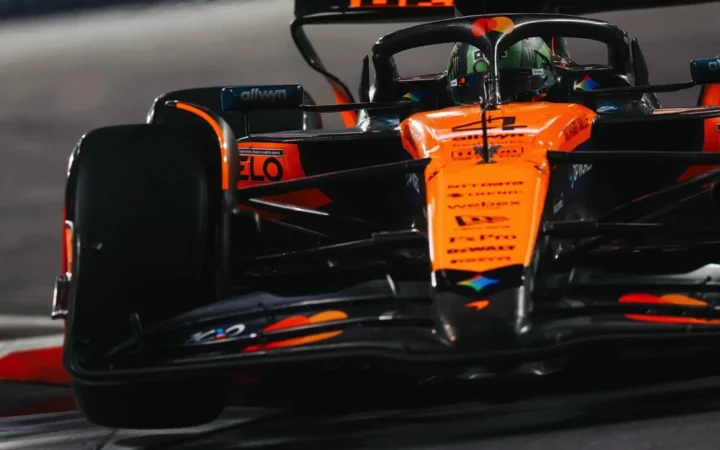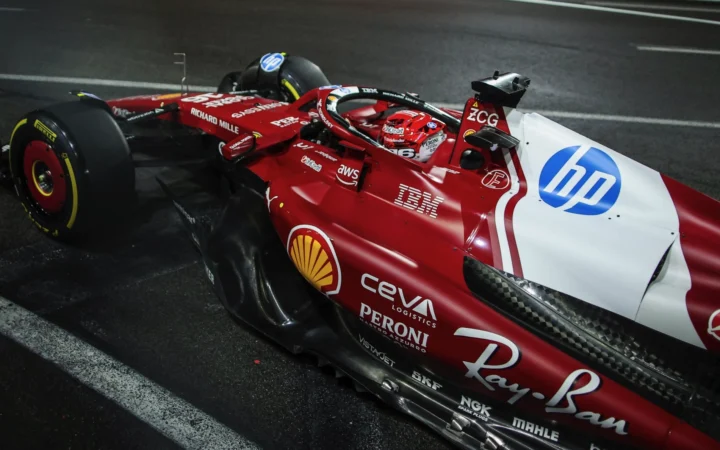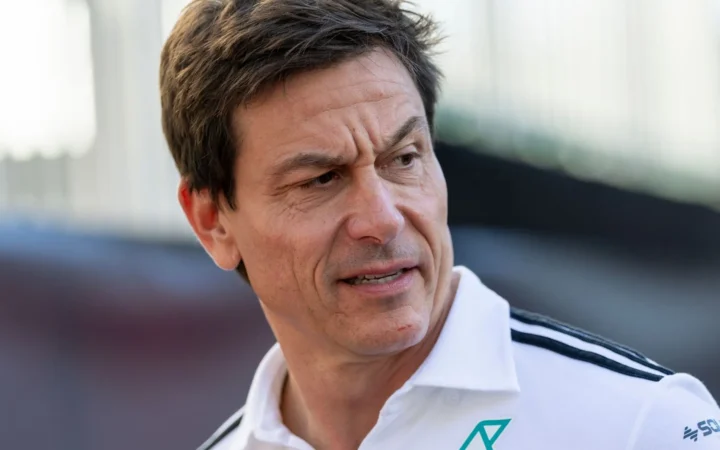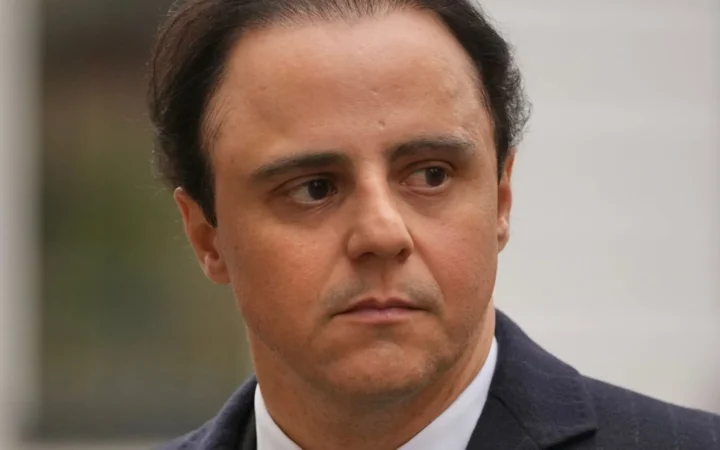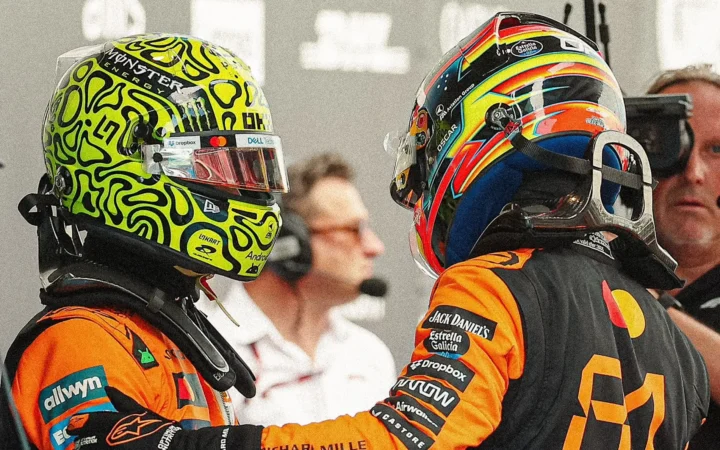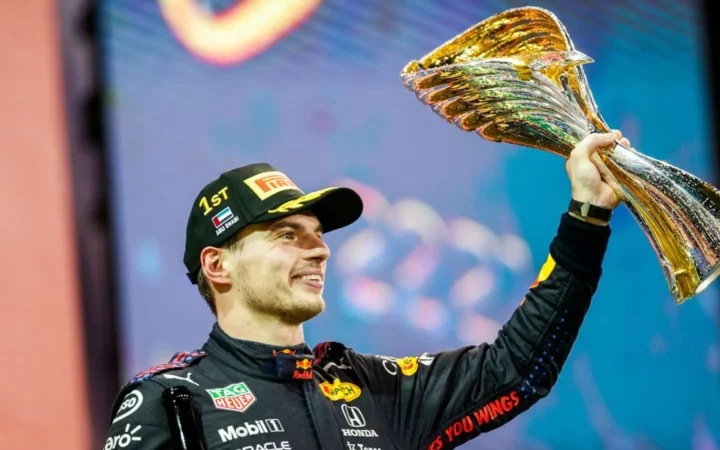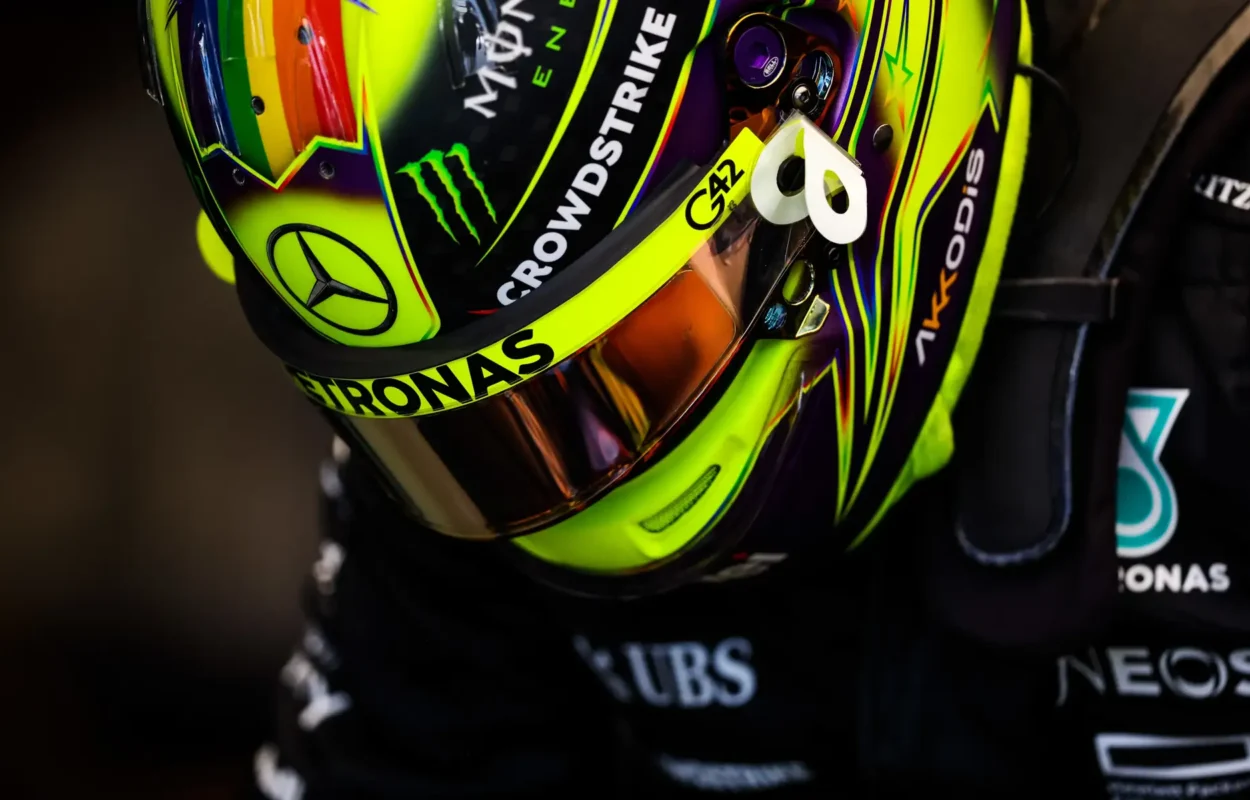Few series in the history of motorsport have seen as much drama, triumph, and tragedy as Formula 1. Here’s a brief walkthrough of some significant moments in Formula One history.
1904: The motorsport world witnesses the establishment of the Fédération Internationale de l’Automobile (FIA), an institution created to champion the causes of motoring organizations.
1935-1939: Several meetings took place aimed at creating a World Drivers’ Championship. However, the plans were put on hold with the onset of World War Two.
1946: Formula One was officially established as a recognised racing formula. This agreement marked the formal inception of what would become the pinnacle series of single-seater auto racing.
1947: The concept of a World Drivers’ Championship was formalised. Although it would be three more years until the first official F1 Championship race was held, races adhering to Formula One regulations began to take place starting that year.
13 May 1950: Silverstone, England, becomes the birthplace of Formula 1 with the first-ever season of the F1 World Championship. A historic moment in the sport, the race sees Nino Farina race to victory.
1953: South America enters the F1 map with a Grand Prix hosted in Argentina. Though the country’s celebrated driver, Juan Manuel Fangio, suffered an unfortunate DNF due to mechanical problems, it marked the beginning of South America’s legacy in the sport.
1958: The Formula 1 circus touches down in Africa for the very first time, with the 1958 Moroccan Grand Prix debuting. 1958 also saw the first year of the Constructors’ Championship.
1958: Stirling Moss wins the first Formula One race in a rear-engined car at the 1958 Argentine Grand Prix in a Cooper T43. Within two years, this design became the standard, as all teams in the Formula One paddock had adopted rear-engined cars.
1958: Vanwall triumphed in the inaugural Constructors’ Championship in Formula One. Their drivers’, Stirling Moss and Tony Brooks finished second and third place respectively in the Drivers’ Championship standings. However, the team’s founder, Tony Vandervell, faced declining health, which meant that 1958 would be Vanwall’s last full season in competition. Although the team continued to participate in a few races over the next few years, they officially withdrew from racing in 1961, marking the end of an era for the pioneering squad.
1962: Colin Chapman and Lotus introduce a revolutionary design that changes the direction of Formula One cars forever by debuting a car with an aluminium monocoque chassis, moving away from the traditional tubular spaceframe design. The monocoque chassis not only reduced the weight of the car but also increased its structural rigidity and safety, offering drivers enhanced performance and protection.
1967: The 1967 German Grand Prix became the first Formula One race to be broadcast in colour, and the first time fans had the chance to watch the vibrant colours of the cars and the track on screen.
1968: Commercialism embraces Formula 1. Team Lotus, an iconic name from England, becomes the first to showcase sponsor logos on their racing cars.
5 September 1970: Tragedy strikes the sport when Jochen Rindt succumbs to injuries sustained during qualifying at the Italian Grand Prix. He posthumously secured the 1970 World Drivers’ Championship, a haunting memory in F1 history.
1975: Niki Lauda secures his first Drivers’ Championship title. During his career, he would go on to win two more.
1976: Lauda suffers major facial injuries and lung damage in a fireball accident at the German Grand Prix. Remarkably, Niki misses just two races but is narrowly pipped to the 1976 Drivers’ title by James Hunt.
1977: The Renault team introduces the first turbocharged car. A significant departure from the naturally aspirated engines that had dominated the sport until then, turbocharging an engine allowed for greater power output from smaller engines, giving Renault a competitive edge despite the reliability of the engines in their early years. Eleven years later, they were banned due to concerns over increasing speeds and escalating costs. A ban aimed at levelling the playing field.
1978: Bernie Ecclestone takes on the role of president of the Formula One Constructors’ Association (FOCA). That same year marked the debut of a medical car in Formula One, which was introduced to follow the cars during the formation lap of every Grand Prix to enhance the speed of medical response to any accidents occurring on the first lap. Its inaugural run was less than smooth; the medical car struck the curb during its first appearance and was launched into the air.
1982: Lotus introduce a pioneering active suspension system, a precursor to the widespread adoption of various electronic systems designed to enhance car performance and handling. That same year, tensions in Formula One came to a head with a driver strike at the 1982 South African Grand Prix. The drivers were protesting against the new requirement to obtain super licenses.
1983: The final non-championship Formula One race took place. This event marked the end of an era where Formula One hosted races that did not count towards the World Championship standings.
1985: The first Formula One World Championship Grand Prix took place in Oceania, with Australia hosting the event. The Australian Grand Prix quickly became a staple on the Formula One calendar, celebrated for its vibrant atmosphere and enthusiastic fan base.
1990: The city of Adelaide held the honour of hosting the 500th Grand Prix in Formula One history.
1991: Michael Schumacher, who went on to become one F1’s greatest drivers, makes his Formula 1 debut, stepping in as a back-up driver for Team Jordan. This career chance was the start of a career that saw him clinch a record seven World Championships.
29 April – 1 May 1994: The race weekend at the 1994 San Marino Grand Prix remains one of the darkest in F1’s history. Rubens Barrichello suffered a massive crash that saw him swallow his tongue and to be saved by F1 doctor Sid Watkins whilst also suffering a sprained wrist and broken nose. This was followed by the tragic deaths of rookie Roland Ratzenberger and the iconic Ayrton Senna. Post-race, the FIA and Formula 1 bodies sought to improve and change the sport’s safety regulations again.
2002: Since their legalisation in 1950, team orders had been a common strategy in motorsports, allowing teams to control race outcomes by instructing their drivers on how to strategically place during races. However, this practice was scrutinised and ultimately banned in 2002 following several high-profile incidents. These incidents, which involved blatant manipulation of race results in favouring certain drivers within a team, sparked controversy and led to reevaluating the sport’s rules.
2006: After dominating the sport with seven world titles, Michael Schumacher announces his first retirement.
2008: Lewis Hamilton makes history, becoming the youngest World Champion at just 23.
2008: The Formula One Teams Association (FOTA) was established to represent the interests of Formula One teams. It was formed in response to the need for a unified voice to effectively communicate with the sport’s governing bodies, negotiate commercial conditions, and address regulatory changes. FOTA aimed to influence the direction of the sport and ensure that the concerns and priorities of the teams were adequately represented in decision-making processes.
2009: Brawn GP, a new entrant, sweeps the season, with Jenson Button taking home the 2009 Drivers’ Championship. The team’s success is short-lived as it soon transforms into Mercedes GP.
2010: The legend returns as Michael Schumacher is back in Formula 1 with Team Mercedes, although the magic of the past eludes him.
2010-2013: The motorsport world watches in awe as Sebastian Vettel, racing for underdogs Red Bull Racing, clinches four consecutive Drivers’ and Constructors’ World Championships. Vettel became the newest record holder of being the youngest F1 champion in 2010 at just 23 years and 134 days old.
2014-2019: Lewis Hamilton‘s reign at the top continues, with the British driver bagging five titles in this period of dominance.
2020: The 2020 Tuscan Grand Prix was a one-off Formula 1 race held on 13 September 2020 at the Autodromo Internazionale del Mugello in Tuscany, Italy. The race was held to commemorate Ferrari’s 1000th race in the Formula One World Championship, with the safety car sporting a special red livery instead of the usual silver in honour of the occasion. It remains the only Tuscan Grand Prix and the only Formula One race ever held at the Mugello circuit.
2020: Lewis Hamilton wins the 2020 Turkish Grand Prix and equals Michael Schumacher’s 7 World Drivers’ Championship titles.
2021: The season finale in Abu Dhabi witnessed one of the most contentious moments in recent F1 history. A decision by race director Michael Masi altered the outcome of the race, going against normal safety car race protocol that allowed Max Verstappen to clinch his maiden F1 Drivers’ title and deny Lewis Hamilton a record eighth championship. The aftermath saw Masi relieved of his duties as race director and left F1.
2022–2024: The 2022 season featured one of the biggest updates in F1 history to the sport’s technical rules. Originally planned for 2021, it was postponed to 2022 due to the COVID-19 pandemic. The technical regulations for 2022 marked the reintroduction of ground-effect cars, not seen since 1983 when the ban on venturi tunnels under cars came into play. These changes, including a simplified bodywork design, shifted the primary source of aerodynamic grip to the car’s underside. The goal was to reduce the amount of turbulent air behind the cars, with the hope of allowing drivers to follow closer to the cars in front while maintaining comparable downforce levels to previous seasons. Red Bull Racing hit the ground running, dominating the era where Max Verstappen would win four consecutive Drivers’ Championships between 2021 and 2024, joining the elite all-time bests of the sport. However, in mid-2024, a convergence of teams was realised, with four teams constantly battling for wins, leading to an exciting prospect in 2025.
2025: The 2025 F1 season would once again be fought over 24 Grands Prix weekends as the championship celebrated its 75th anniversary. For the first time in many years, the season would start with the Australian Grand Prix between March 14 and 16 and conclude with the Abu Dhabi Grand Prix between December 5 and 7. The 2025 Formula 1 season would be the final year for the power unit configuration that debuted in 2014. A new configuration would be introduced in 2026, eliminating the MGU-H but enhancing the MGU-K’s power output. In 2024, Max Verstappen was the defending Drivers’ Champion, and McLaren was the reigning Constructors’ Champion.
